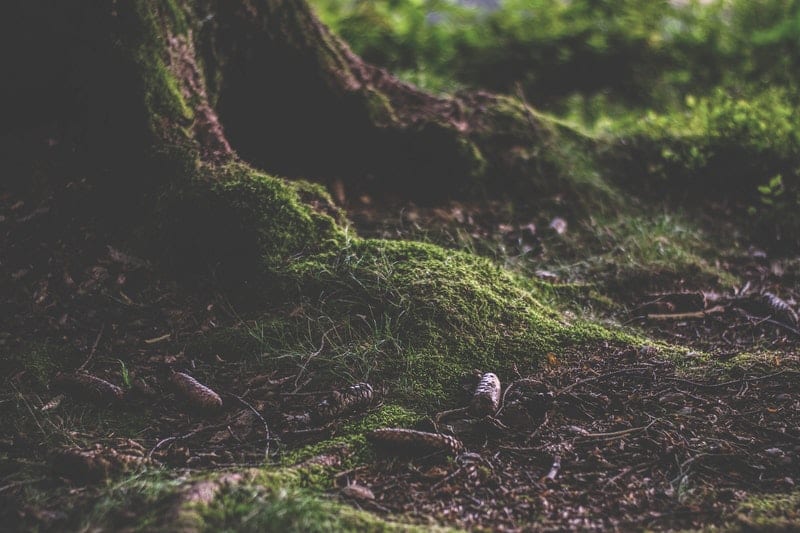Pecan Trees for Sale: Know the Basics
It can seem like trees just take care of themselves. A forest, for instance, doesn’t need a person to come in and water the trees to ensure a long lifespan. And while this is definitely true for most trees, things are a little different when seeking bareroot pecan trees for sale.
For instance, trees in the forest don’t need to be planted, while a bare root pecan tree does. There are a series of considerations you’ll need to keep in mind to make sure the roots of the tree have everything they need to grow in the proper way.
Healthy root systems will result in a healthy tree. This is particularly important for pecan trees since an unhealthy tree will under-produce nuts.
So what can you do to make sure your pecan tree’s roots have the best chance at growing in a healthy way? And what can you do to take care of them as the tree grows older?
6 factors to pay attention to in order to care for your pecan tree’s roots:
- Proper Spacing
- Plant Correctly
- Know the Spread
- Fertilization
- Watering
- Avoid Contamination
Proper Spacing – Pecan tree spacing is essential.
A bare root pecan tree is going to be pretty small. It might be tempting to line them up in tight rows to maximize your space. This is the best way to get a huge pecan harvest when the trees mature, right?
Wrong. Bareroot pecan trees can grow quite tall. A fully-grown pecan tree can reach up to 130 feet tall and 75 feet wide. So you need to give these trees enough space to stretch out as they grow. Trees placed too closely together will fight for resources and be stunted in overall growth and nut production.
Plant Correctly – Plant like a pro!
The winter is the best time to plant your pecan tree. The dormant season gives the tree some extra time to put down strong roots before the tree itself begins growing when the weather warms up.
Dig your hole nice and wide. You want a large hole that can accommodate the current and near-future root system. And then, give the roots a thorough soak before putting them into the ground.
Remember to give them enough space if you’re planting multiple trees. Estimate between 40 to 70 feet between trees.
Contact us for more information about our bare root pecan trees for sale!
Know the Spread – Pecan tree’s roots run deep.
It can be difficult to know exactly where the roots for your pecan are. They are underground, after all. However, this is an important aspect of your pecan tree to understand. Caring for the roots of the tree means caring for all of the roots of the tree. Paying attention to only the area directly next to the trunk won’t do you much good.
So how far do the roots spread out around the tree? A fully-mature tree can have roots that extend between 50 and 70 feet.
There’s a quick cheat to estimating how far your particular tree’s roots spread out — look to the canopy above. The roots of the tree likely stretch twice as far as the branches.
Fertilization – Getting the most out of your pecan trees.
Fertilizer is important to maintaining proper levels of nutrients in the soil around your pecan tree. All soil is, in fact, not created equal. It can become drained of its vital minerals over time and leave your tree essentially starved.
It’s good practice to fertilize your tree at least once a year in the springtime. This helps keep it healthy during the crucial summer growing period.
Apply a general 10-10-10 blend of fertilizer to the soil above your root system. Measure the diameter of your tree. Use four pounds of fertilizer for every inch of the diameter.
Watering – The best time to water pecan trees.
Bare root pecan trees enjoy a lot of water. And they’re going to need it as they are in their earlier, developmental years. The roots of the trees act as straws, sucking the moisture from the soil into the tree itself.
Rainwater might be enough to get the job done if you live in a particularly rainy area. If not, you’ll need to supplement the natural rainwater with sprinklers.
Give the trees plenty of water throughout the year, but pay particular attention around September when the trees start producing nuts. They need more water to complete this process.
Avoid Contamination – Don’t take chances with your trees.
These steps should give your tree the support it needs to grow a strong root system. However, even strong roots can become contaminated with chemicals if you’re not careful. Never empty any sort of automotive fluids into your yard. This can be dangerous for plants and animals alike.
Even measures that might seem like they should help your tree can end up poisoning them. A large over-treatment of fertilizer or insecticide can have negative health effects on your tree. Always be careful which chemicals you use around your pecan trees.

